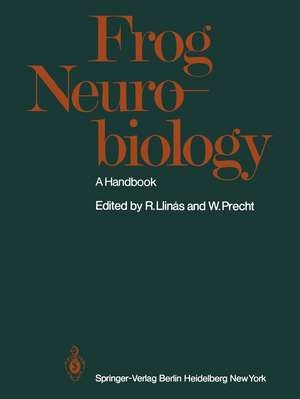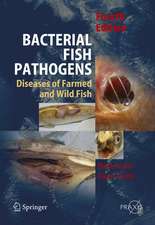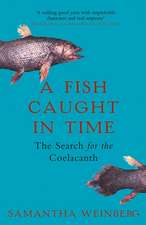Frog Neurobiology: A Handbook
Editat de R. Llinas, W. Prechten Limba Engleză Paperback – 12 feb 2012
Preț: 709.91 lei
Preț vechi: 835.18 lei
-15% Nou
Puncte Express: 1065
Preț estimativ în valută:
135.85€ • 145.26$ • 113.26£
135.85€ • 145.26$ • 113.26£
Carte tipărită la comandă
Livrare economică 18 aprilie-02 mai
Preluare comenzi: 021 569.72.76
Specificații
ISBN-13: 9783642663185
ISBN-10: 3642663184
Pagini: 1068
Ilustrații: XVI, 1048 p.
Dimensiuni: 210 x 279 x 56 mm
Greutate: 2.35 kg
Ediția:Softcover reprint of the original 1st ed. 1976
Editura: Springer Berlin, Heidelberg
Colecția Springer
Locul publicării:Berlin, Heidelberg, Germany
ISBN-10: 3642663184
Pagini: 1068
Ilustrații: XVI, 1048 p.
Dimensiuni: 210 x 279 x 56 mm
Greutate: 2.35 kg
Ediția:Softcover reprint of the original 1st ed. 1976
Editura: Springer Berlin, Heidelberg
Colecția Springer
Locul publicării:Berlin, Heidelberg, Germany
Public țintă
Professional/practitionerCuprins
Section 1. Peripheral Systems.- 1. Electrophysiology of the Peripheral Myelinated Nerve.- 2. Neuromuscular Transmission.- 3. Morphology of the Autonomic Nervous Systems.- 4. Physiology of the Autonomic Nervous System.- 5. Structure and Function of the Epidermis.- Section II. Sensory Systems.- Olfaction.- 6. Structure of the Olfactory and Accessory Olfactory Systems.- 7. Physiology of Olfactory Reception.- Vision.- 8. Visual Pigments and Photoreceptor Function.- 9. Physiology and Morphology of the Retina.- 10. Neurophysiology of the Anuran Visual System.- 11. The Optic Pathway of the Frog: Nuclear Organization and Connections.- 12. Cellular and Synaptic Architecture of the Optic Tectum.- 13. Behavioral Correlates of Central Visual Function in Anurans.- Vestibular and Lateral Systems.- 14. Morphology of Peripheral and Central Vestibular Systems.- 15. Physiology of the Peripheral and Central Vestibular Systems.- 16. Amphibian Lateral Line Receptors.- Auditory System.- 17. Morphology and Physiology of the Auditory System.- Gustatory System.- 18. Physiology of the Gustatory System.- 19. Morphology of Gustatory Organs.- Cutaneous Receptors.- 20. Pain and Temperature Receptors of Anurans.- 21. Cutaneous Mechanoreceptors.- Muscle Spindles.- 22. Morphology and Physiology of Muscle Spindles.- Section III. Nervous System Spinal Cord.- 23. Morphology of the Spinal Cord.- 24. Ultrastructural Features of the Spinal Cord.- 25. Functional Synaptology of the Spinal Cord.- 26. Electrical Properties of Spinal Motoneurons.- 27. Organization of Locomotion.- 28. Spinal Reflexes with Altered Periphery.- Brain Stem.- 29. Structure of the Brain Stem.- 30. Metamorphic Changes in the Brain and Spinal Cord.- Cerebellum.- 31. Morphology of the Cerebellar Cortex.- 32. Cerebellar Physiology.- Development.- 33. Development of the Prosencephalon.- Nonolfactory Corte.- 34. Organization of the “Nonolfactory” Telencephalon.- Section IV. Neuroendocrinology.- 35. Neuroendocrinology.- Section V. General Techniques.- 36. The Frog as an Experimental Animal.












